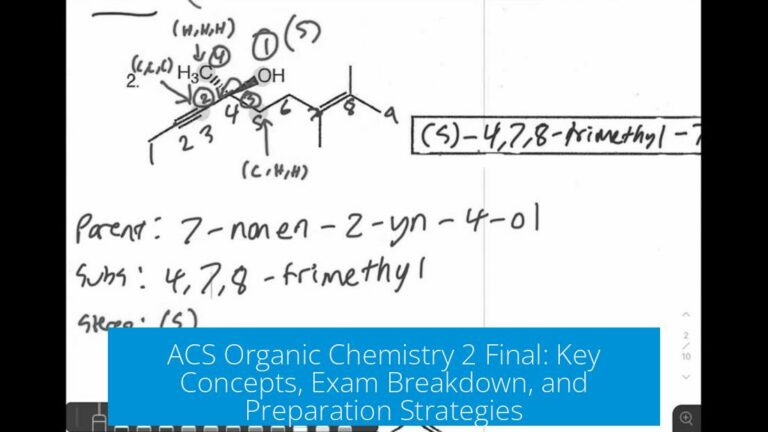Hot Ice with Vinegar (8%) and Baking Soda: When Can Supersaturation Be Reached?
Supersaturation in a hot ice experiment using 8% vinegar and baking soda is reached when baking soda is added at roughly 1.4 times the mass of the acetic acid present in the vinegar. However, reaching supersaturation alone does not immediately trigger crystallisation; nucleation is required to start crystal growth.
Understanding Supersaturation and Nucleation
A supersaturated solution contains more dissolved solute than it would under normal equilibrium. In the hot ice reaction, sodium acetate forms as baking soda (sodium bicarbonate) reacts with acetic acid in vinegar.
However, supersaturation does not guarantee immediate crystallisation. The solution can remain stable for a long time unless nucleated. Nucleation means introducing a small particle or dust that triggers crystal formation. Without this event, crystallisation may not start, and the solution can stay clear and supersaturated.
Chemical Composition and Ratio Requirements
| Component | Typical Amount per 1 Cup (250 ml) |
|---|---|
| Vinegar (approx. 4% acetic acid) | 251 g (contains ~10 g acetic acid) |
| Baking Soda Required | ~14 g (1.4:1 mass ratio to acetic acid) |
| Volume of Baking Soda (packed density 1.2 g/ml) | ~17 ml (about 1 heaped US tablespoon) |
The key to achieving supersaturation is maintaining this close stoichiometric ratio. Adding too little baking soda leaves acetic acid unreacted; too much results in excess solids. The balanced mixture forms sodium acetate, which, when heated and then cooled, can become supersaturated.
Practical Mixing Instructions for Supersaturation
- For every 1 cup (250 ml) of 4% vinegar, add about 14 g (or 1 heaped tablespoon) of baking soda.
- For larger volumes, scale linearly. For example, 4 cups vinegar requires about 56 g (~4.5 US tablespoons) baking soda.
- Mix the baking soda slowly into vinegar to allow effervescence (CO2 release) to subside.
- Heat the resulting sodium acetate solution gently to dissolve any remaining solids fully.
- Allow the solution to cool undisturbed to reach the supersaturated state.
Triggering Crystallisation
Once supersaturation is reached by cooling, crystals will not form without nucleation. This can be initiated by:
- Adding a small “seed” crystal of sodium acetate.
- Introducing a small amount of powder or dust.
- Disturbing the solution by stirring or scratching the container’s surface.
These actions provide a nucleation site where crystals can begin to grow rapidly, creating the characteristic “hot ice” effect.
Key Takeaways
- Supersaturation requires precise baking soda to acetic acid ratio: about 1.4:1 by mass.
- 8% vinegar contains approximately 8 g acetic acid per 250 ml; adjust baking soda proportionally.
- Heat the solution after mixing to dissolve solids fully, then cool undisturbed to supersaturate.
- Nucleation is necessary to trigger crystallisation; otherwise, the solution remains stable.
- Use seed crystals or physical disturbance to initiate the “hot ice” crystallisation.





Leave a Comment